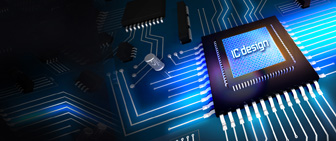Data Image, Qisda Group's display subsidiary, is moving into the drone market and is preparing a new production line in Taoyuan to support growing demand. President Phil Yu said the company is developing high-brightness, ruggedized screens for drone controllers and outdoor consoles, with the line currently in trial production.

